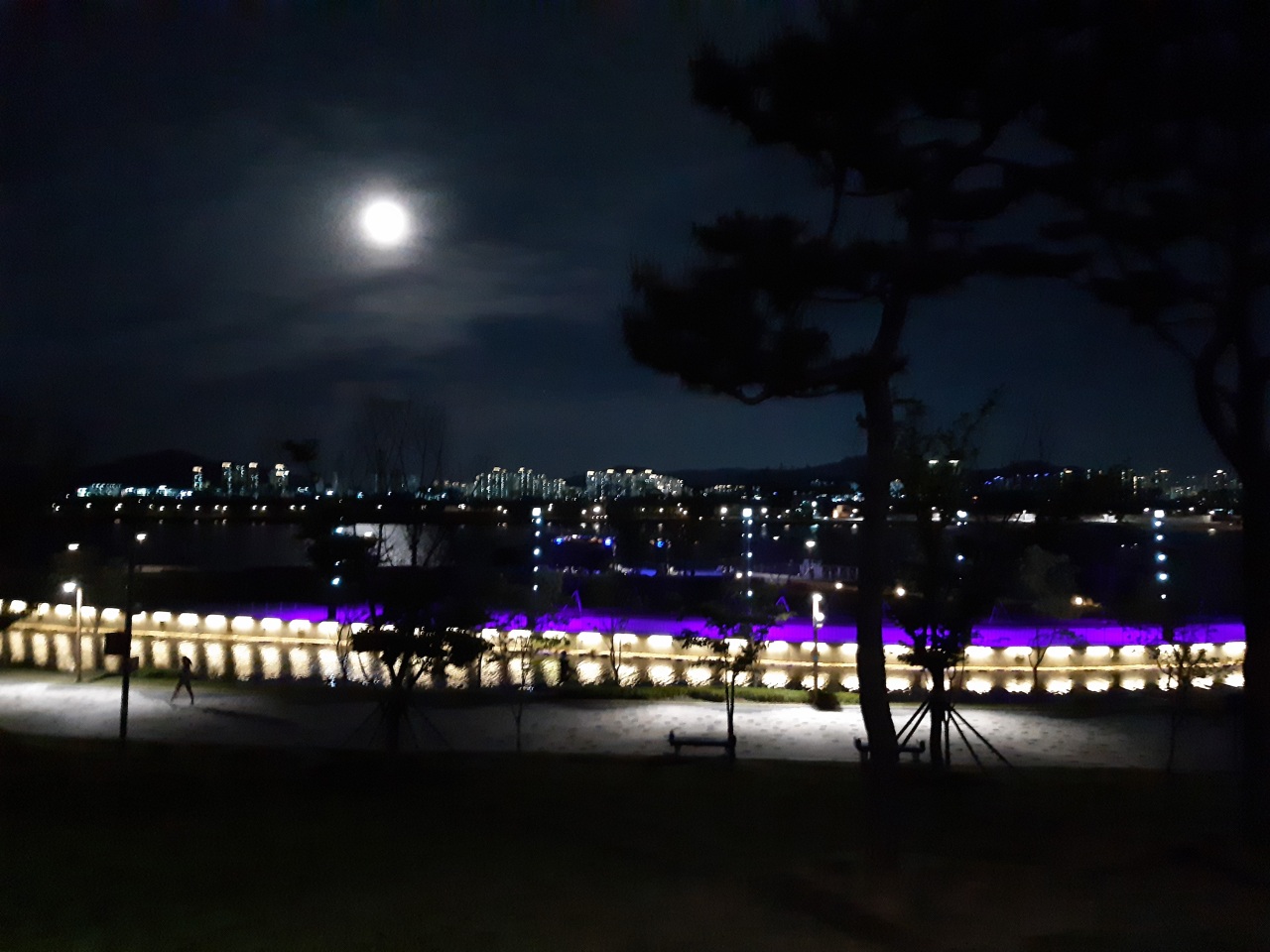Korean women aged 44 on average after exceeding 40 in 2012
Men’s average age posts 41.7 as of April
By Kim Yon-sePublished : May 24, 2020 - 17:50

SEJONG -- In South Korea, the women’s population overtook the men’s population 58 months ago. In addition, female seniors residing alone far outnumber male seniors.
In April, the average for Korean women topped 44 for the first time in history, according to data held by the Ministry of Interior and Safety. They are older by 7 or 8 months than a year earlier, when the figure posted 43.4.
The local demographic history shows that women are fast aging: their average age was 41.4 in April 2015 and 38.9 in April 2010. The figure reached 40 exactly eight years earlier, in April 2012.
Amid the pace, their average age is projected to reach 45 in late 2021 and 50 as early as 2028.
As of last month, women residing in South Jeolla Province topped the list among the nation’s 17 major areas with 48.3, followed by North Gyeongsang Province with 47.7, Gangwon Province with 47.1 and North Jeolla Province with 46.8.
A large portion of the nation’s female seniors -- aged 65 or over – live in one of those four provinces, many of whom are engaged in farming.
While Busan, the nation’s second-largest city, ranked 5th with 46, women in Seoul, the largest city, were aged 43.7.
Women in Sejong were the youngest among the 17 areas, with an average age of 37.7. It is the only region with an average under 40. Gyeonggi Province, the nation’s most populous area, was the second-youngest at 41.9.
A demographic researcher said this was attributed to a great number of single-person households and young households in their 20s and 30s have moved to Sejong -- the central administrative city created in 2012 -- and new residential towns in Gyeonggi Province over the past few years.
He added that “in terms of the Korean-style age (in which newborns are commonly regarded as 1 year old, not zero), Korean women’s average age has already reached 45, though the figure is 44 legally and based on resident registration.”
Of 25.98 million in female population as of Aril, those in their 70s reached 2 million, those in their 80s with 1 million, those in their 90s with 186,607 and centenarians with 15,851. Collectively, those aged 70 or over tallied 3.29 million, taking up 12.6 percent of the total.
Ten years earlier, the portion of those aged 70 or over stood at 8.6 percent with 2.14 million.
For men, they younger by more than 2 years than women with the figure posting 41.7 as of April, according to the Interior Ministry.
Those in Sejong and Gwangju were the youngest with 36.5 and 39.8, respectively, while the nationwide average has continued to climb over the past decade like women’s case.
For both men and women, the nation’s average age came to 42.8, compared to 40.2 in April 2015 and 37.7 in April 2010. This indicates that Koreans are older by more than 5 years than a decade earlier.
In South Korea, women began to outnumber men in June 2015, when the sex ratio (the number of men per 100 women) fell to 99.9 -- the first time in history it had dropped below 100 since the government began compiling relevant data.
In the month, there were 400 fewer male Koreans than female Koreans.
The ratio has further declined by about 0.1 percentage point per annum over the past few years -- to 99.8 in April 2017, 99.7 in April 2018 and 99.6 in April 2019.
The respective figures for five years earlier, April 2015, and 10 years earlier, April 2010, were 100.01 and 100.3.
By Kim Yon-se (kys@heraldcorp.com)



















![[Today’s K-pop] BTS pop-up event to come to Seoul](http://res.heraldm.com/phpwas/restmb_idxmake.php?idx=642&simg=/content/image/2024/04/17/20240417050734_0.jpg&u=)